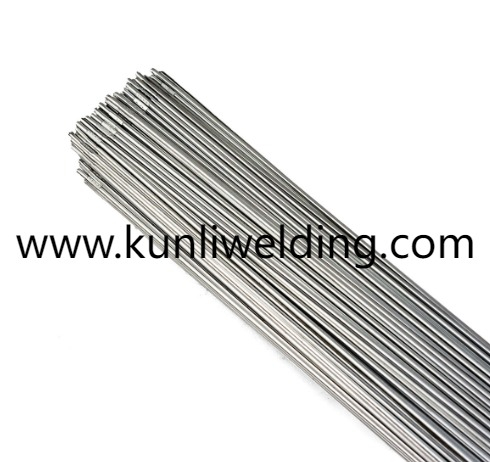Manufacturers racing to meet green shipping initiatives and floating wind platform construction are exploring advanced filler options for marine grade aluminum assemblies. When evaluating choices, Aluminum Welding Wire ER5087 stands out for its balance of strength and fatigue resistance under cyclic loading. As global focus shifts toward decarbonized maritime logistics and modular offshore energy structures, integrators require weld consumables that perform reliably in harsh saltwater atmospheres and dynamic mechanical environments.
Advances in alloy refinement have boosted the appeal of magnesium‑enhanced wires. Optimized melt practices reduce inclusions and yield finer grain structures, enabling smoother arc control and improved bead continuity. This transformation supports automated welding cells in shipyards and coastal fabrication facilities, where consistent deposition and low spatter are critical for maintaining throughput and minimizing post‑weld cleanup on large panel assemblies.
Digital welding platforms with closed‑loop feedback now monitor welding parameters in real time. ER5087's stable wire chemistry delivers predictable current flow and droplet transfer, facilitating adaptive pulse and controlled short‑circuit modes. Shipbuilders and offshore installers can leverage these capabilities to achieve precise heat input management, reducing distortion in large hull sections and subsea module frames.
Environmental durability remains a pressing concern. High magnesium alloys can develop surface oxide films that resist corrosion, provided proper shielding gas selection and cleaning protocols are in place. Enhanced performance under alternating humidity and temperature swings positions this filler as a suitable candidate for floating solar farms and tidal energy converters, where exposure to sea spray and UV radiation is unavoidable.
Collaborations between material scientists and fabrication engineers have spawned tailored spool configurations. Compact reels designed for robotic end‑effectors reduce handling time, while sealed packaging preserves wire integrity in high‑humidity storage rooms. These logistics improvements align with lean production goals and support rapid response to urgent infrastructure repair tasks following extreme weather events.
Training and knowledge transfer are also evolving. Virtual reality welding simulations now guide operators through joint preparation, arc striking, and travel speed adjustments specific to ER5087 applications. These immersive modules shorten the onboarding curve for new welders in remote shipyard outposts and facilitate consistent quality standards across geographically dispersed teams.
Supply chain resilience continues to influence material selection. Sourcing from suppliers with diversified smelter networks and regional distribution hubs minimizes lead time disruptions when raw metal markets fluctuate. Fabricators appreciate transparent order portals that track spool shipments from factory to dockside warehouses, ensuring critical marine projects remain on schedule despite global logistics challenges.
Research into next generation fillers explores trace element additions that could further enhance creep resistance at elevated temperatures. Pilot runs deploying modified ER5087 variants in engine cooling jacket welds and subsea connector assemblies suggest promising gains in joint longevity. These early trials offer a glimpse into how magnesium alloy enhancements may shape future consumable offerings.
Industry professionals seeking detailed insights on high‑performance magnesium aluminum welding solutions can explore technical resources and case studies at www.kunliwelding.com. There you will find in‑depth discussions on alloy composition, welding parameter recommendations, and practical application notes tailored to marine industrial use. Engage with specialist teams to refine welding strategies and material specifications that align with evolving offshore energy and decarbonized shipping demands.
